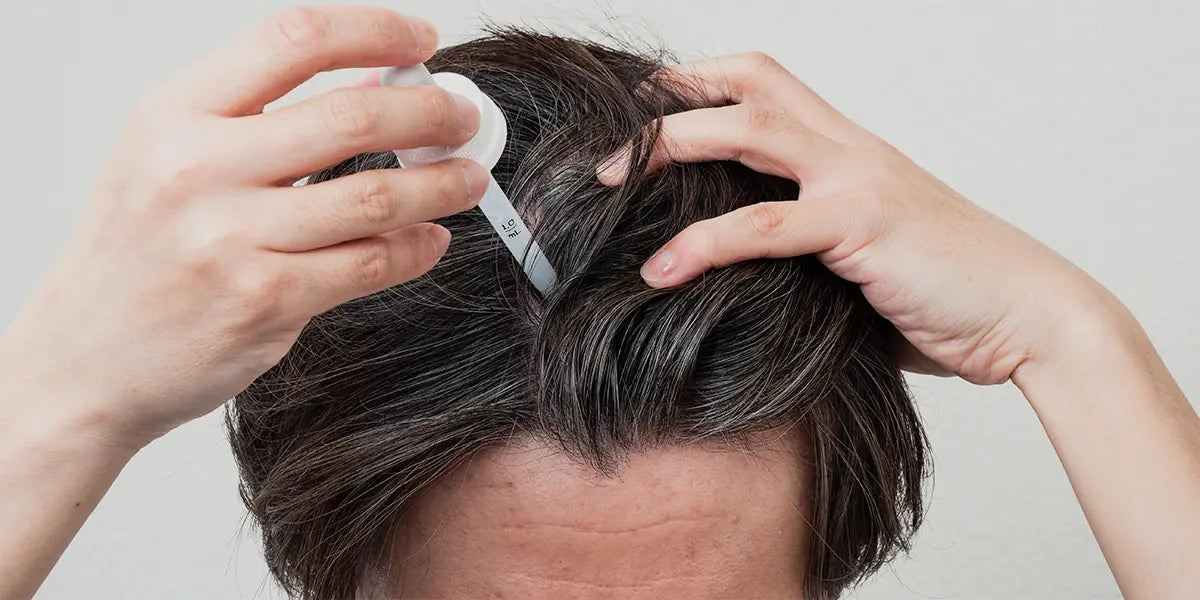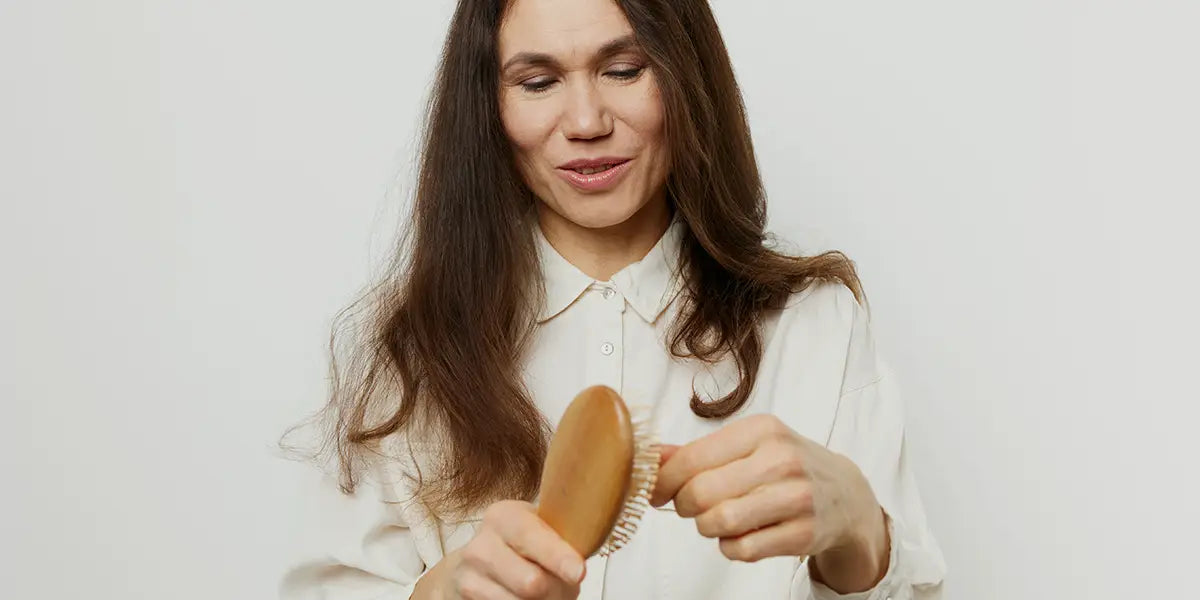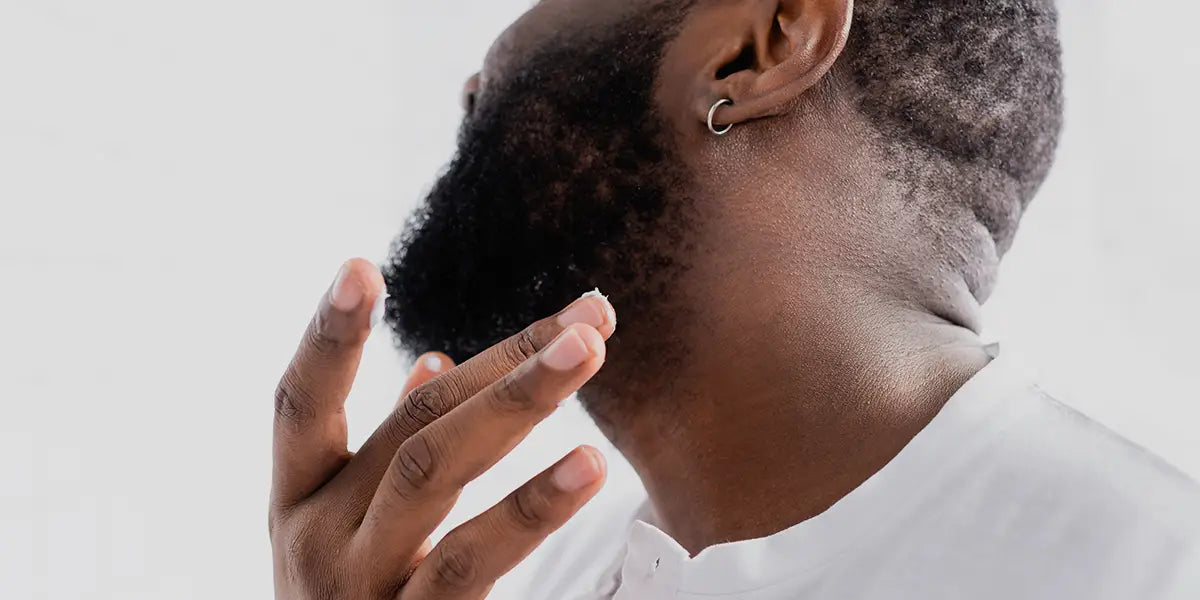Available in both oral and topical formulations, minoxidil offers flexibility for those seeking to combat hair loss. The goal of this article is to provide general guidance on the differences between oral and topical minoxidil use. Remember, it’s important to follow the dosing instructions given to you by your prescribing doctor or follow the bottle label (in the case of minoxidil purchased over the counter). If you have any specific questions or concerns about how to use minoxidil, we recommend reaching out to a trusted healthcare provider.
What is minoxidil?
Minoxidil is a blood pressure medication that was found during clinical trials to cause hair growth. This led to its approval of topical minoxidil as a treatment for male and female pattern hair loss. The oral version of the medication can also be prescribed off-label to help manage male and female hair loss.
What does minoxidil do?
Minoxidil works via complex mechanisms that scientists are continuing to try to understand. It’s thought to cause vasodilation (widening of blood vessels), which improves blood circulation and nutrient exchange to hair follicles to support hair growth. It may also have an impact on the duration of the anagen (active growth) phase helping regulate the hair growth cycle.
How to use topical minoxidil
Topical minoxidil is the most common form of this medication used for hair regrowth. Application instructions and frequency will depend on the formulation, but here’s a step-by-step guide on how to use topical minoxidil:
-
Consult with a Healthcare Professional
Before starting topical minoxidil, consult a dermatologist or healthcare provider to assess your hair loss condition and receive personalized guidance. -
Select the Right Strength
Topical minoxidil comes in various strengths, such as 2% and 5%. Your healthcare provider will recommend the appropriate strength based on your specific needs. -
Prepare the Scalp
Ensure the application area is clean and completely dry. It might be helpful to time application of topical minoxidil to after a shower, to allow as much time as possible for minoxidil to sit on the scalp and take effect. -
Apply the Solution or Foam
Dispense the recommended amount of topical minoxidil onto the target area. Massage it into the scalp skin with your fingertips, ensuring even coverage of affected areas. Your doctor can provide guidance on how many times you need to do this each day. Remember, minoxidil is a scalp and not a hair treatment, so contact with the skin is key. After this, you can style your hair like you normally do. -
Allow Absorption
Let the minoxidil solution or foam remain on the skin for several hours or as long as possible to allow time for the medication to penetrate the skin and reach the hair follicles. -
Consistency is Key
To achieve the best results, use topical minoxidil consistently as recommended by your healthcare provider. It may take a few months before you start to see noticeable improvements in hair growth. Be aware that shedding may occur in the first month or so of starting treatment. You can visit this article on minoxidil shedding to learn more about this common but temporary response to hair loss treatment.
How to use oral minoxidil
Currently, oral minoxidil may be prescribed and used off-label as a treatment for pattern hair loss in men and women. Since it's taken by mouth, oral minoxidil has been associated with a higher risk of side effects compared to the topical medication. People with a history of cardiovascular disease should exercise caution when taking oral minoxidil. Your healthcare provider will assess your medical history and current medications to decide whether oral minoxidil is appropriate for you.
Dosing oral minoxidil
If you are prescribed oral minoxidil, you should follow the dosing instructions indicated in your prescription. In general, your doctor will prescribe the lowest effective dose to begin with, to minimize the risk of side effects. This dose could be as low as 0.5mg or 1mg. Depending on your response to the medication, your doctor may adjust this dose (a process called titration) up to 2.5mg or 5mg, or as needed.
Since oral minoxidil does come with an increased risk of serious cardiac effects, particularly in people who have a history of abnormal blood pressure or heart disease, your doctor may also recommend regular blood pressure monitoring while using oral minoxidil. Any significant changes in blood pressure should be reported to your doctor.
Like topical minoxidil, oral minoxidil needs to be taken consistently to achieve and maintain hair growth. Do not attempt to change your dosing or stop taking this medication without first consulting with your doctor.
How to use minoxidil: Takeaway
Minoxidil in topical and oral form is an important treatment option for men and women experiencing hair loss. Regardless of which form of this medication you take, it’s important to talk to a doctor to determine if it’s the right treatment for you and to establish the ideal dose and frequency needed for your specific case of hair loss. Your doctor can also help answer questions you might have about safety and potential side effects. Visit our article on oral vs topical minoxidil to learn more about the differences between these treatments and their efficacy.




